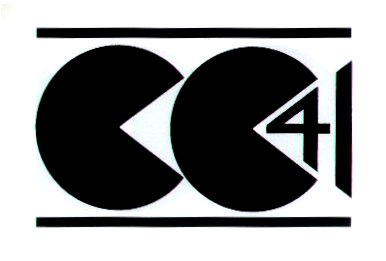Hello hello, StoryGnatters!
And welcome to everyone who’s subscribed since last week’s post went live. There’s been a definite leap in people finding StoryGnat, and that makes me really happy.
If you think any of your friends would enjoy what I’m trying to do here, tell them about it! And if you’re reading this but haven’t already signed up, here’s your chance.
Anyway, onwards. Last week we talked about Catherine of Aragon – or Catalina as she was known earlier in life. This week, we’re chatting Utility clothing.
What now?
OK, let’s dive in.
WW2 Utility clothing
If you know anything about the British home front during the Second World War, you’ll know that rationing was brought in on everything from food to furniture to help conserve resources.
Clothing was also in short supply, and was rationed from June 1941. Rationing alone wasn’t going to be enough, though. Resources were limited, so the government brought in regulations about how much material could be used in civilian clothing. Austerity rules included suits being single-breasted rather than double-breasted, limited lapel sizes, reduced pockets, a ban on trouser turn-ups, and fewer buttons or trimmings.
As a result, in 1942, Utility clothes went on sale. These not only met the new regulations, but were also produced at scale to help make factory production of civilian clothes more efficient. These clothes were marked with the “CC41” logo which acted as a kind of guarantee of quality and value.
That’s all background, though
Because what I REALLY LOVE about this is that the government didn’t want to be accused of being controlling or of stifling fashion. They realised that fashion and clothing played a big part in morale, and so they commissioned a team of top designers to work on the range.
This group was known as the Incorporated Society of London Fashion Designers and included leading designers like Norman Hartnell (who was more used to designing bespoke pieces for the British royal family) and Hardy Amies (who was more used to appearing in the pages of Vogue).
This group had the skill and vision to create simple but flattering shapes, making the best of the limited fabrics and trimmings available. Between them, they designed dresses, trousers, shirts, coats and more.
The result? Utility clothing became a hit, and the Utility Clothing Scheme ran until 1952.
Want to find out more (and see photos of it - I struggled to find any on a free license)? There’s loads online about all this, but these are two great places to get started:
(Speaking of the Imperial War Museum, if you missed it you might like this from a couple of weeks ago)
Let me know in the comments or with a like if you’ve enjoyed this one. Lots more to come…
Meg





